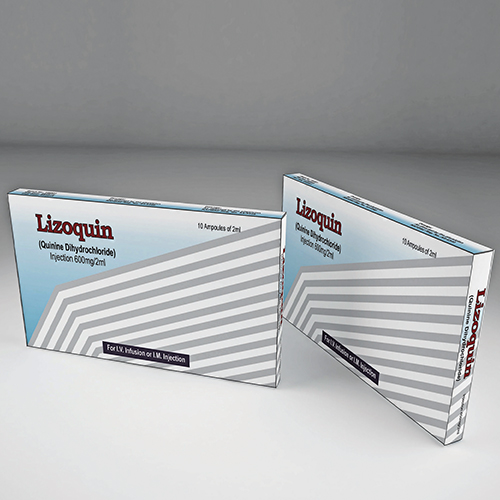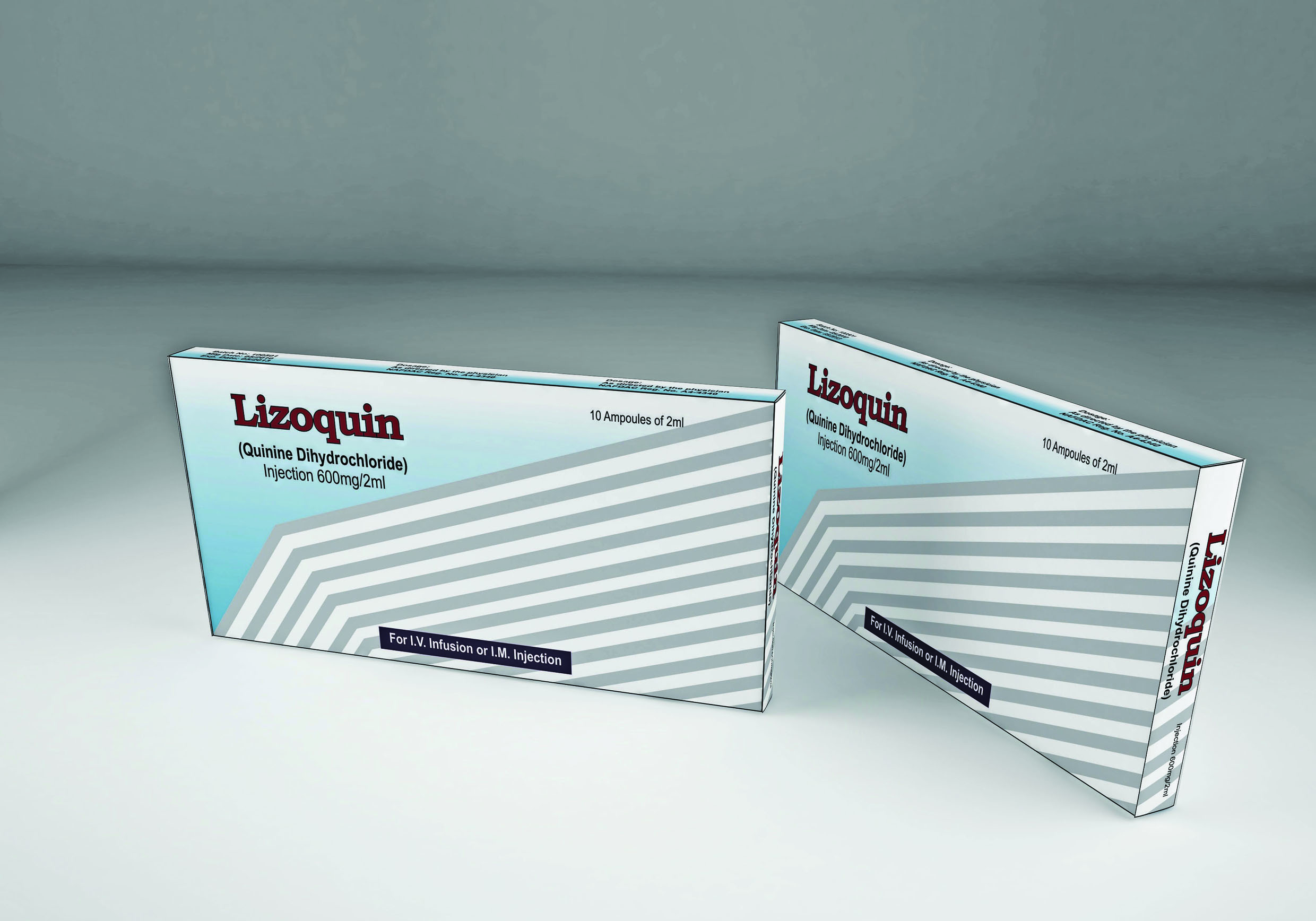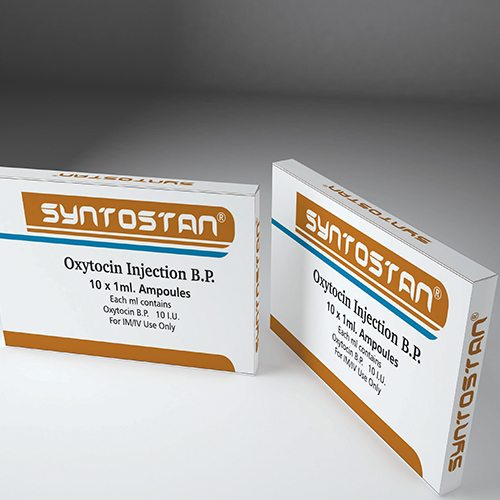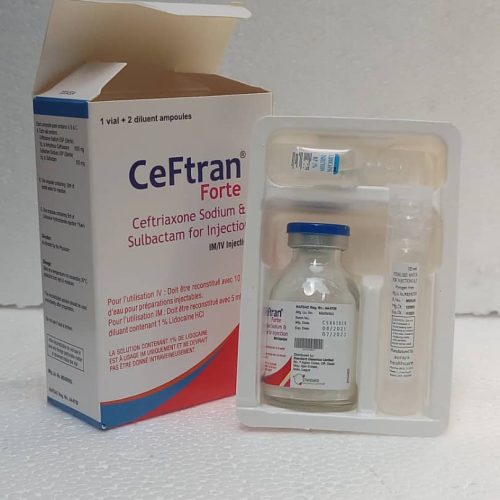Lizoquin
Quinine is indicated in conjunction with doxycycline, clindamycin, or sulfadoxine/pyrimethamine combination in the treatment of uncomplicated chloroquine-resistant malaria caused by Plasmodium falciparum and [Plasmodium vivax] .
Note: The treatment of chloroquine-resistant malaria caused by P. vivax requires higher doses of quinine.Therefore, if quinine is considered for the treatment of chloroquine-resistant malaria caused by P. vivax , expert advice from an infectious or tropical disease specialist should be sought .
Indications
Malaria (treatment)—Quinine is indicated in conjunction with doxycycline, clindamycin, or sulfadoxine/pyrimethamine combination in the treatment of uncomplicated chloroquine-resistant malaria caused by Plasmodium falciparum and [Plasmodium vivax] .
Note: The treatment of chloroquine-resistant malaria caused by P. vivax requires higher doses of quinine.Therefore, if quinine is considered for the treatment of chloroquine-resistant malaria caused by P. vivax , expert advice from an infectious or tropical disease specialist should be sought .
[Leg cramps (prophylaxis and treatment)]—Quinine is indicated in the prophylaxis and treatment of nocturnal recumbency leg muscle cramps , including those associated with arthritis, diabetes, varicose veins, thrombophlebitis, arteriosclerosis, and static foot deformities.
[Babesiosis (treatment)]—Quinine is used concurrently with clindamycin in the treatment of severe babesiosis caused by Babesia microti.
Mechanism of action/Effect:
Antiprotozoal—The precise mechanism of action of quinine in malaria has not been determined but may be based on its ability to concentrate in parasitic acid vesicles, causing an elevation of pH in intracellular organelles. This is thought to disrupt the intracellular transport of membrane components and macromolecules, and phospholipase activity. Quinine has a schizonticidal action. Its ability to concentrate in parasitized erythrocytes may account for its selective toxicity against the erythrocytic stages of the four malarial parasites, including Plasmodium falciparum strains resistant to chloroquine. The drug is also gametocidal against Plasmodium vivax and Plasmodium malariae .
Antimyotonic—Quinine increases the refractory period of skeletal muscle by direct action on the muscle fiber and the distribution of calcium within the muscle fiber, thereby diminishing the response to tetanic stimulation. It also decreases the excitability of the motor end-plate region, reducing the responses to repetitive nerve stimulation and to acetylcholine.
Absorption:
Rapidly and almost completely absorbed. Bioavailability is approximately 80% in healthy subjects.
Distribution:
Distribution of quinine may vary depending on the degree of illness; the volume of distribution is smaller in patients with cerebral malaria and increases with recovery. Children and pregnant women have a smaller volume of distribution than do nonpregnant female adults and male adults. Plasma and red blood cell (RBC) concentrations appear to be similar before infection; however, during a malaria attack, plasma concentrations are considerably higher than RBC concentrations. Quinine does not freely cross the blood-brain barrier; the cerebrospinal fluid to plasma ratio is approximately 7%. Quinine crosses the placenta and is distributed into breast milk; peak concentrations are reached in breast milk approximately 90 minutes after oral administration.







Reviews
There are no reviews yet.